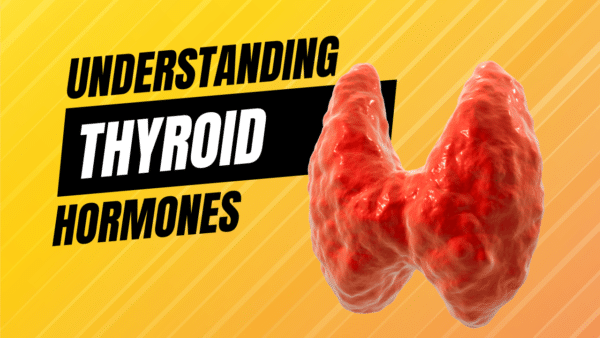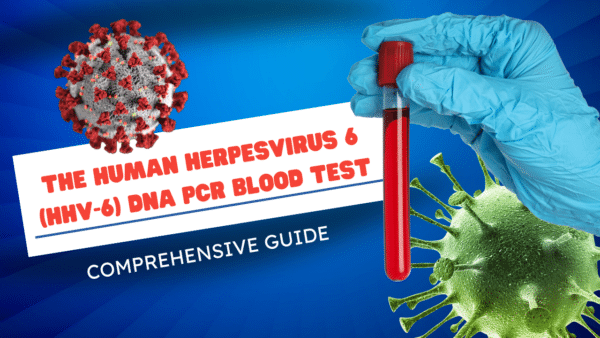In the vast and complex world of medicine, conditions lurk in the shadows, both peculiar and bewildering. Today, we delve into 12 such diseases, unfathomable and largely unknown yet fascinating in their idiosyncrasy.
Stendhal Syndrome
Named after the 19th-century French author who first described the symptoms, Stendhal Syndrome triggers overwhelming emotional responses in individuals exposed to art. These reactions can be so intense they manifest physically as rapid heart rate, dizziness, and fainting.
Alice in Wonderland Syndrome (AIWS)
AIWS, or Todd’s Syndrome, alters a person’s perception, causing them to see objects larger or smaller than they actually are. Inspired by Lewis Carroll’s iconic novel, the condition is believed to be associated with migraines and certain brain tumors.
Paraneoplastic Pemphigus
An autoimmune blistering disorder, Paraneoplastic Pemphigus manifests as a result of the body’s response to neoplasms or cancerous cells. The syndrome exhibits as painful blisters or sores on the skin and mucous membranes.
Ondine’s Curse (Congenital Central Hypoventilation Syndrome)
This syndrome, formally known as Congenital Central Hypoventilation Syndrome (CCHS), affects automatic control of breathing. Named after a mythical nymph, individuals with this condition may stop breathing during sleep, necessitating lifelong ventilation support.
Exploding Head Syndrome
This peculiar condition doesn’t involve any physical explosion, but those afflicted often report hearing loud noises, like a bomb detonation or cymbal crash, as they fall asleep or awaken. Although harmless, it can cause significant distress.
Pantothenate Kinase-Associated Neurodegeneration (PKAN)
PKAN is a type of neurodegeneration with brain iron accumulation. It causes progressive movement, speech, and vision difficulty, beginning in early childhood. This rare genetic disorder currently has no cure.
Hyper IgM Syndrome
A rare immunodeficiency disorder, Hyper IgM Syndrome hampers the body’s ability to produce specific types of antibodies, making individuals susceptible to a variety of infections.
Fibrodysplasia Ossificans Progressiva (FOP)
FOP is an extremely rare connective tissue disorder that causes soft tissues to turn into bone, restricting movement over time progressively. It’s often misdiagnosed as cancer due to its rarity and unique manifestation.
Erdheim-Chester Disease
Erdheim-Chester Disease is a form of non-Langerhans cell histiocytosis, marked by the excessive production of histiocytes that infiltrate and cause damage to tissues and organs.
Alkaptonuria
Alkaptonuria is a rare inherited genetic disorder that causes urine to turn black when exposed to air due to a deficiency in the enzyme homogentisic acid oxidase.
Hutchinson-Gilford Progeria Syndrome
This syndrome is a genetic condition that causes children to age rapidly, beginning in their first two years of life. It’s characterized by growth failure, loss of body fat and hair, aged-looking skin, stiffness of joints, and cardiovascular disease.
Paraneoplastic Neurological Syndromes
These conditions arise when the immune system’s response to cancer affects the nervous system. Symptoms can range from muscle weakness and loss of balance to changes in mood and memory.
Each of these rare diseases presents its unique challenges. Their rarity, coupled with their complex and often mysterious nature, has drawn the interest of medical professionals worldwide, pushing boundaries and redefining our understanding of the human body.
Remember, awareness is the first step toward a cure. Through education, we pave the way for advancements in medical research, leading to improved diagnosis, better treatments, and, ultimately, a healthier world.
Waterhouse-Friderichsen Syndrome
Waterhouse-Friderichsen Syndrome is an adrenal gland failure resulting from bacterial infection, primarily meningococcal meningitis. It leads to disseminated intravascular coagulation (DIC), causing extensive bleeding into the skin and other organs.
Erdheim-Chester Disease
One of the least understood diseases, Erdheim-Chester Disease, is a rare form of non-Langerhans cell histiocytosis. The overproduction of histiocytes causes them to infiltrate various organs, leading to an array of problems like bone pain, diabetes insipidus, and neurological impairments.
Stiff Person Syndrome
Stiff Person Syndrome is a neurological disorder characterized by rigidity and painful spasms in muscles, notably those in the spine and legs. The exact cause remains unknown, but it’s thought to be linked to an abnormal immune response.
Hyper IgM Syndrome
Hyper IgM Syndrome, an immunodeficiency disorder, impairs the body’s ability to produce specific antibodies, causing susceptibility to recurring infections. While rare, this syndrome underscores antibodies’ critical role in our defense against pathogens.
Alkaptonuria
In Alkaptonuria, a deficiency in the enzyme homogentisic acid oxidase leads to a buildup of acid in the body. The most distinct symptom is dark-colored urine, but other issues can include arthritis and heart disease.
Paraneoplastic Neurological Syndromes
Paraneoplastic Neurological Syndromes occur when the immune response to cancer inadvertently impacts the nervous system. Symptoms can be diverse, ranging from muscle weakness and loss of balance to altered mental states.
Ondine’s Curse (Congenital Central Hypoventilation Syndrome)
Congenital Central Hypoventilation Syndrome, also known as Ondine’s Curse, disrupts the automatic control of breathing. People with this condition, primarily evident during sleep, need lifelong ventilation support.
Fibrodysplasia Ossificans Progressiva (FOP)
FOP is a disorder that gradually turns connective tissues, like muscles and tendons, into bone. Over time, this restricts movement as the skeleton becomes increasingly encased, leading to a condition called ‘second skeleton’.
Hutchinson-Gilford Progeria Syndrome
This rare genetic disorder triggers rapid aging in children. The syndrome leads to physical changes typically seen in old age, including cardiovascular disease, joint stiffness, and hair loss.
Stendhal Syndrome
Art induces an emotional response in most of us, but for individuals with Stendhal Syndrome, the reaction is so intense that it can cause physical symptoms like rapid heartbeat, dizziness, and even fainting.
In the intricate world of medicine, these perplexing diseases continue to baffle and challenge our understanding. They’re not just medical anomalies; they are evidence of the diverse ways in which the human body can malfunction, a testament to the complexity and mystery of human health.
We advance our knowledge and innovate treatment strategies by studying these rare conditions. In turn, these advancements improve the prognosis for patients affected by these conditions, taking us one step closer to a world where no disease remains a mystery.

